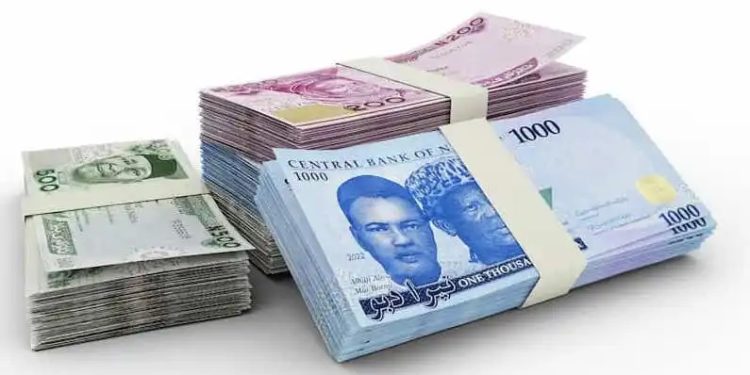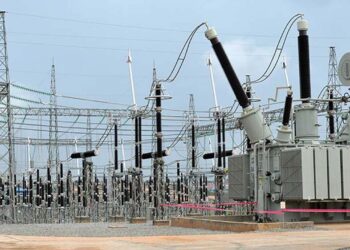Nigeria’s money supply saw its first decline of the year in February 2025, falling to N110.32 trillion from N110.94 trillion recorded in January. This 0.56% decrease reflects the Central Bank of Nigeria’s (CBN) continued efforts in liquidity management, aligning with its ongoing monetary tightening measures and exchange rate policies.
Despite the monthly decline, the country’s monetary supply remains 15.45% higher than February 2024, when it stood at N95.56 trillion, underscoring a broader expansion over the past year.
Foreign and Domestic Asset Movements
An analysis of Nigeria’s Broad Money (M3), which includes net foreign assets (NFA) and net domestic assets (NDA), reveals key trends:
- Net Foreign Assets (NFA): Dropped 8.62% in February, falling to N32.34 trillion from N35.39 trillion in January. This reduction suggests a decline in external reserves or increased CBN interventions in the forex market to stabilize the naira.
- Net Domestic Assets (NDA): Increased 3.21%, reaching N77.97 trillion, up from N75.55 trillion in January. This reflects continued credit expansion, particularly in government and private sector lending.
Year-on-year, foreign assets surged significantly, rising from N7.41 trillion in February 2024—an increase of over 337%. This jump is attributed to exchange rate liberalization and rising foreign inflows. In contrast, net domestic assets declined slightly compared to N88.15 trillion recorded a year ago, indicating a shift in asset composition influenced by evolving monetary policies.
Broad and Narrow Money Trends
- Broad Money (M2): This metric, which excludes large institutional deposits, also fell 0.56%, aligning with the overall decline in M3. However, M2 remains 17.39% higher year-on-year, rising from N93.97 trillion in February 2024, reflecting an ongoing monetary expansion driven by government spending and fiscal policies.
- Narrow Money (M1): Unlike M2 and M3, M1—representing currency in circulation and demand deposits—rose by 2.18% to N37.57 trillion, up from N36.77 trillion in January. This increase indicates higher liquidity among households and businesses, likely influenced by increased transactional demand and fiscal disbursements. Compared to February 2024, when M1 stood at N30.28 trillion, the current figure reflects 24.07% annual growth.
Implications for Monetary Policy
The decline in net foreign assets, despite a rise in domestic credit, signals a shift in Nigeria’s liquidity structure. The rapid expansion of foreign assets over the past year appears to be moderating, possibly due to forex stabilizing policies or reduced external inflows.
With inflation remaining elevated and the naira showing signs of stability following recent economic reforms, the CBN may find temporary relief from the slowdown in money supply growth. The Monetary Policy Committee (MPC) is expected to assess this trend carefully as it seeks to balance inflation control with economic growth objectives.










